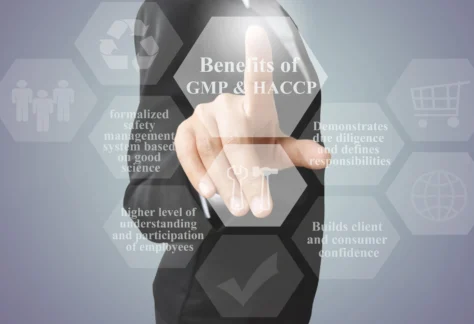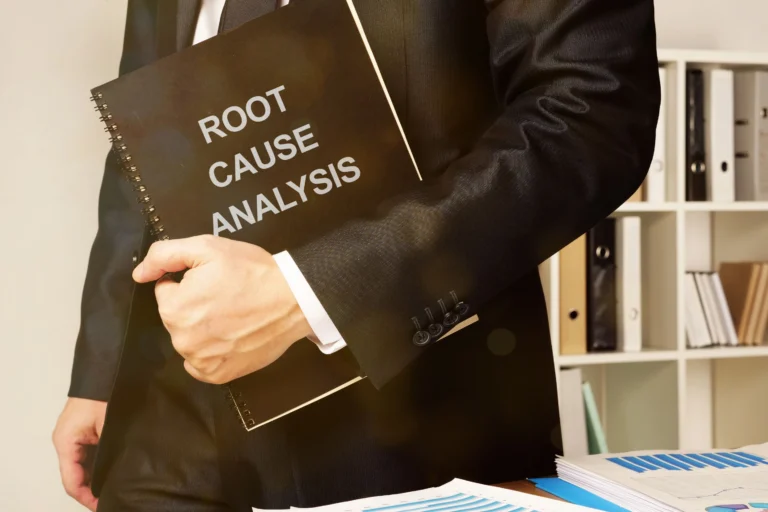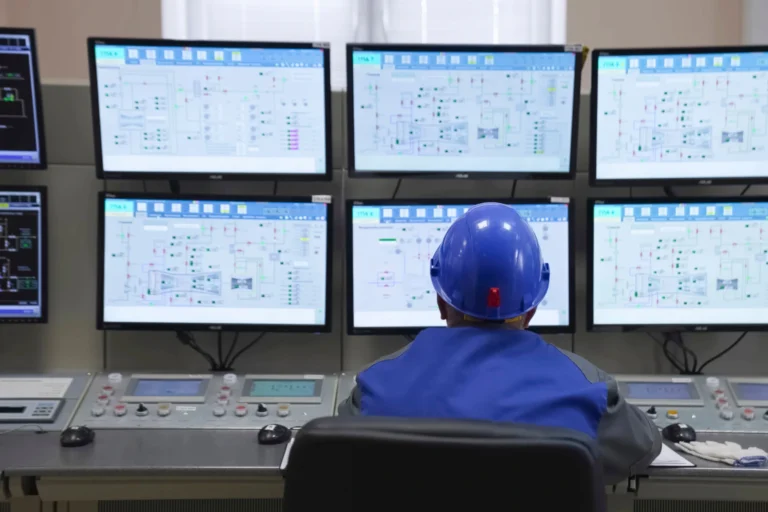Can ChatGPT Teach People Excel?
- Home
- News & Event
- Can ChatGPT Teach People Excel?
HACCP vs GMP – What’s the Difference?
- OTC Training Centre Sdn Bhd
- 13 Aug 2025
- News & Event

Ensuring food safety and quality is crucial in the food industry. Two widely recognized systems that support this are Hazard Analysis and Critical Control Points (HACCP) and Good Manufacturing Practices (GMP). Both play complementary roles: HACCP focuses on hazard prevention, while GMP provides foundational practices for safe and consistent production. Understanding their differences and connections can help businesses meet food safety standards and improve operational efficiency.
What Is HACCP?
HACCP stands for Hazard Analysis and Critical Control Points. It is a systematic, preventive approach to food safety that identifies, evaluates, and controls hazards at critical points in the production process.
Key features of HACCP include:
- Hazard Analysis: Identifying potential biological, chemical, and physical hazards.
- Critical Control Points (CCPs): Determining points where controls are essential to prevent hazards.
- Monitoring Procedures: Regularly checking CCPs to ensure safety limits are maintained.
- Corrective Actions: Steps to take when deviations occur.
- Verification Procedures: Confirming the system works effectively.
- Record Keeping: Maintaining documentation for regulatory compliance.
Example:
A frozen seafood factory may monitor storage temperatures closely. HACCP ensures that if temperatures fall outside safe ranges, corrective action is taken immediately to prevent bacterial growth.
OTC Training Centre’s HACCP Implementation & Allergen Management Training (MS1480:2019) teaches participants to understand hazard analysis, determine critical control points, monitor processes, and prevent food safety issues. Similarly, their Understanding HACCP Codex (2020) course covers the latest Codex standards for hazard management.
More info: BSI HACCP & GMP Guide | Wikipedia – HACCP
What Is GMP?
GMP, or Good Manufacturing Practices, refers to the guidelines ensuring products are produced and controlled consistently under hygienic and quality-compliant conditions.
Key components of GMP:
- Sanitation and Hygiene: Maintaining a clean environment and proper personal hygiene.
- Facility Design: Ensuring premises and equipment prevent contamination.
- Equipment Maintenance: Regular checks and calibration.
- Personnel Training: Educating staff on proper manufacturing practices.
- Documentation: Keeping detailed SOPs and records.
Example:
In a beverage plant, GMP requires employees to wear gloves and hairnets, clean machines daily, and store raw materials safely.
OTC Training Centre provides multiple GMP-focused courses for Malaysian food industries, such as:
- MS1514:2022 GMP Awareness – covers the fundamentals of GMP, including hygiene practices and product traceability.
- MS1514:2022 GMP for Food Industry – a detailed course on applying GMP requirements across the production process.
- MS1514:2022 GMP Internal Auditing – focuses on internal audit practices to maintain compliance.
More info: Wikipedia – GMP | IMSM – GMP in the Food Industry
HACCP vs GMP – Key Differences
Aspect | HACCP | GMP |
Focus | Preventing food safety hazards. | Ensuring overall quality, hygiene, and compliance. |
Scope | Hazard-specific and critical control points. | Covers the entire manufacturing process. |
Approach | Science-based, preventive. | Practice-based, operational foundation. |
Application | Applied during critical production stages. | Integrated across the whole facility. |
Certification | HACCP certification often required for exports. | GMP certification maintains quality and compliance. |
How HACCP and GMP Work Together
Think of GMP as the foundation and HACCP as the targeted strategy. GMP ensures a clean and controlled environment, while HACCP identifies and manages specific risks. For example, GMP guidelines on hygiene, sanitation, and staff training support effective HACCP monitoring and corrective actions. Together, they create a comprehensive food safety management system that meets both local and global standards.
More info: Meat Science – HACCP & GMP | BDC – HACCP in the Food Industry
The Malaysian Context
In Malaysia, food manufacturers follow these standards:
- HACCP: MS1480:2019
- GMP: MS1514:2022
Both are regulated by the Ministry of Health Malaysia and are essential for:
- Compliance with the Food Hygiene Regulation 2009
- Obtaining HALAL certification
- Export approval and market access
A good example: local producers like Newleaf have obtained HACCP and GMP certifications, showing their commitment to food safety and quality compliance on both local and global levels. (Newleaf HACCP & GMP Info)
OTC Training Centre’s programs are designed to support businesses in applying these standards effectively and achieving certification.
Conclusion
- GMP establishes the operational and hygiene foundation for safe food production.
- HACCP ensures targeted hazard prevention at critical points.
- Implementing both systems together guarantees safe, high-quality, and compliant food products, while also building consumer trust and improving operational efficiency.
OTC Training Centre provides practical, industry-focused courses to help companies implement HACCP certification and GMP guidelines, making it easier for Malaysian manufacturers to stay compliant and competitive.
Training Programs Offered by OTC Training Centre Sdn Bhd :
📞 Ready to get started?
Contact OTC Training Centre Sdn Bhd today to explore how our HRD Corp claimable training programs can support your business growth and workforce development goals.
💬 Let’s Connect!
📍 Visit us: www.otc.com.my
📧 Email: info@otc.com.my
📞 Call: 012-588 2263
📱 Follow us on Facebook | LinkedIn | Instagram | WhatsApp Channel
Recent ----------
- Tags
Related Post











